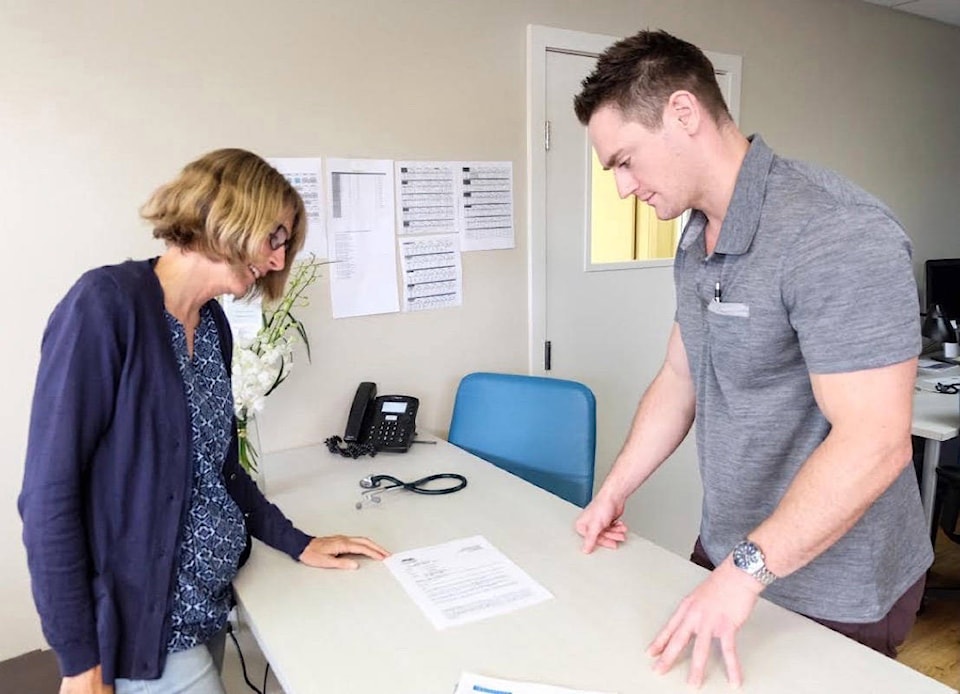On Wednesday, B.C. announced funding for 200 more nurse practitioner (NP) positions for the province, but the term could be new to a patient used to seeing a family doctor.
“It’s much more than a nurse but not quite a physician,” said Clay Barber, executive director for the South Island Division of Family Practice. They can handle many routine tasks that doctors perform, such as writing prescriptions, diagnosing and treating illnesses, ordering and interpreting tests, and more.
However, don’t expect to swap a retiring family physician with a nurse practitioner. Barber said new health care initiatives are not designed to be a pure substitution for the family doctor-patient relationship of old. Instead, the province is moving to create team-based care and networks, “so if a patient’s family physician retires or leaves the community…we know the patient’s attached to a patient medical home, [which] is part of a primary care network with doctors, nurse practitioners, chronic disease nurses, counsellors, dietitians, etc.,” said Barber. “That’s really the model we’re moving to.”
Nurse practitioners are commonplace in provinces like Ontario, with about 3,000. However, BC has only had 426 to date.
“In B.C. unfortunately, we haven’t been as successful implementing nurse practitioners into care,” said Barber, primarily because of the way they are funded. NPs cannot bill fee-for-service the way a doctor would. Instead, they are paid a salary, so they are typically employees in large organizations like health authorities.
On the Peninsula, Barber said nurse practitioners are employed in their Seniors At Risk initiative, as well as within the four First Nations on the Peninsula. Employing more NPs are just one part of the government’s plan to match people with primary health care providers.
In 2013, the BC Liberals launched A GP for Me, a program designed to further a 2010 BC Liberal promise to match every British Columbian with a family doctor by 2015. GP for Me focused on doctor recruitment, technology, and a greater range of health care providers to assist doctors. That program ended in 2016 and the promise went unfulfilled, but Barber said lessons learned from that program informed the current strategy of team-based care and networks.
The Saanich Peninsula Primary Health Care Society, which operates Sidney’s Peninsula Medical, is an example of the future of primary care, said Barber, but that took three years to get off the ground and they are still looking to integrate more health care providers like nurse practitioners into their flow.
B.C. is still transitioning towards this new model of care. Barber thought funding for team-based care would have come prior to now, but is optimistic that this new model of primary care will be expanded within the 2018-19 fiscal year and “ideally within the 2018 calendar year.” In addition, the division of labour between nurse practitioners and doctors in a team setting has yet to be worked out.
“There’s all the team dynamics that you’d expect in a primary care setting. It’s not enough to say, ‘Oh, you’re a nurse, you’re a doctor, you should work together.’ It’s making that change to ensure they work well together on an interpersonal level and understand the scope they’re working within.”
reporter@peninsulanewsreview.com
Like us on Facebook and follow us on Twitter
